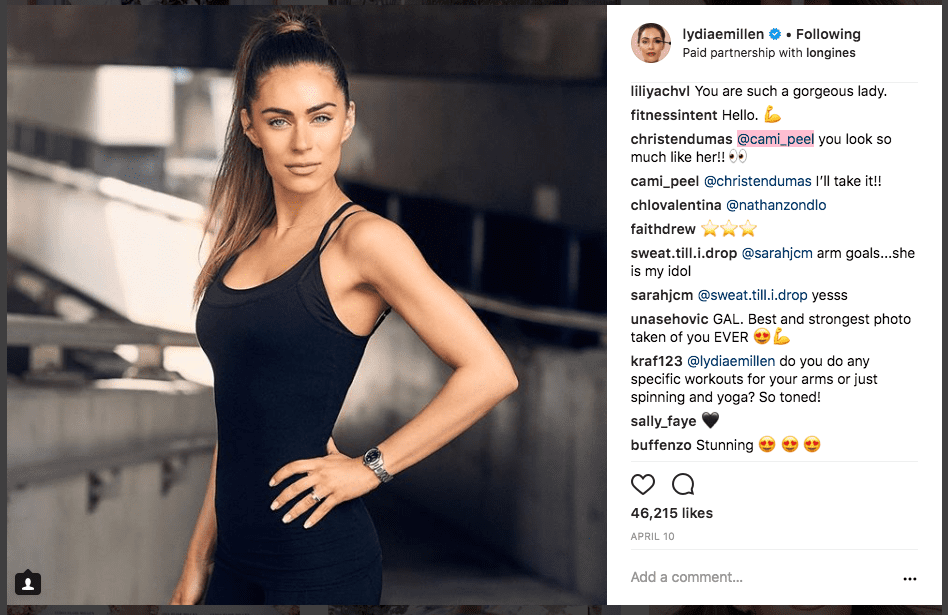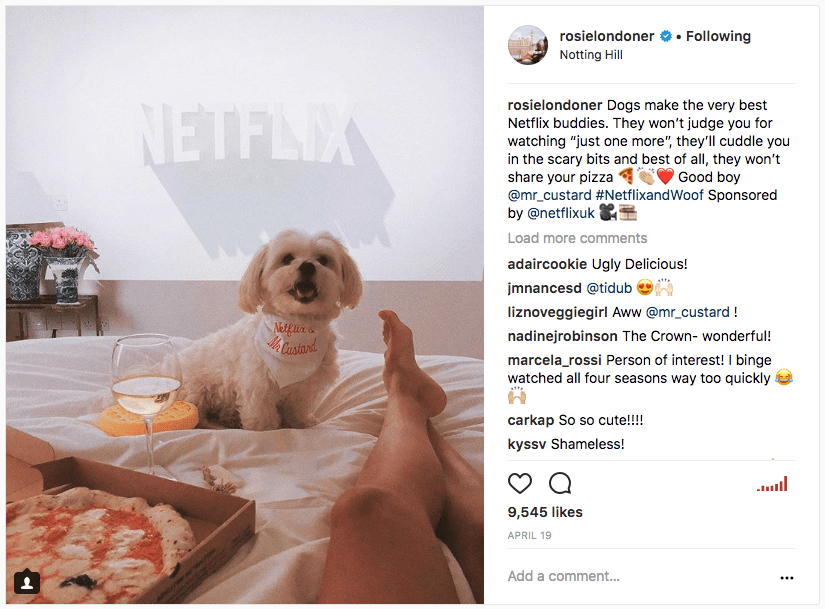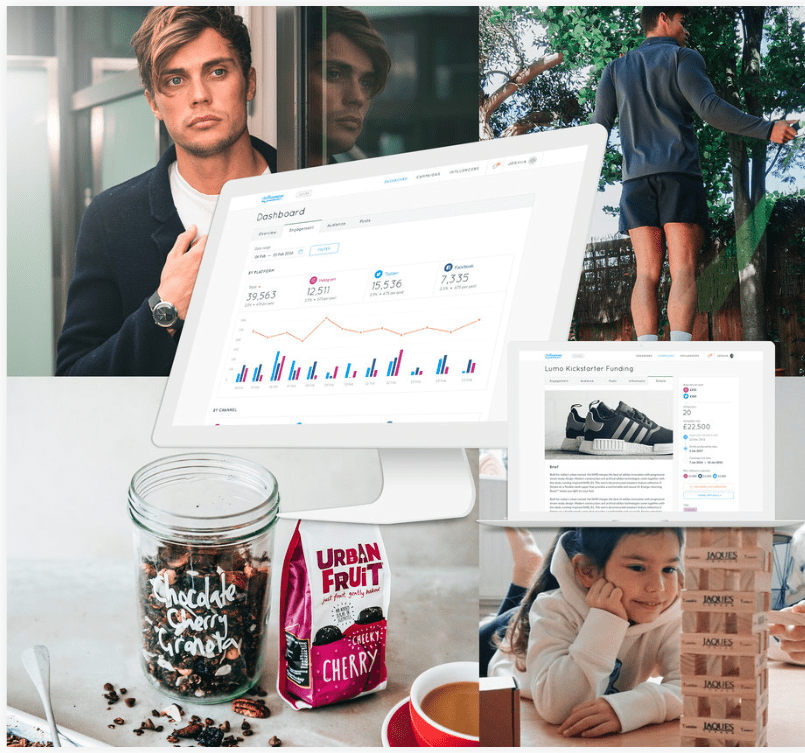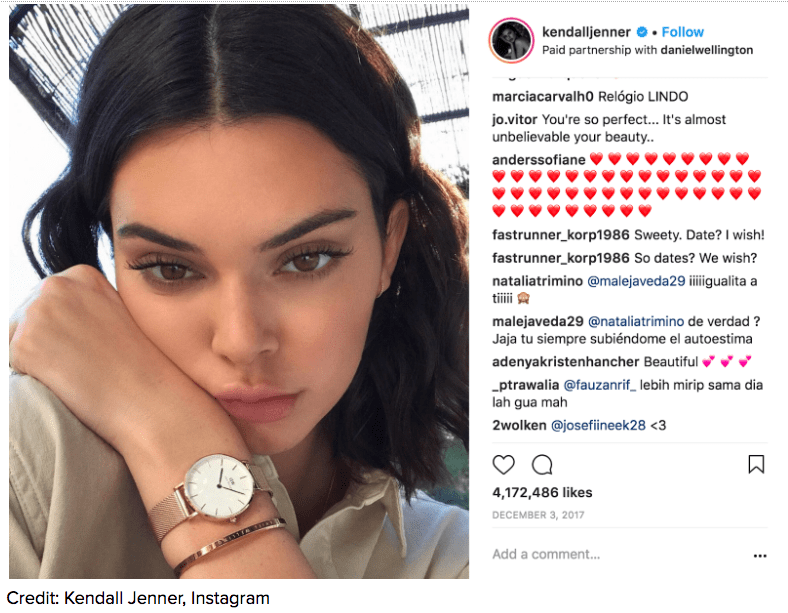Which creators to use to raise brand awareness and maximise your ROI
In recent years, and even months, the influencer marketing industry has grown exponentially and it’s showing no signs of slowing down. In 2017, 86% of marketers reported using influencer marketing and 39% of those reported plans to increase influencer marketing spend in 2018 (Linqia, 2017). The industry is booming. As a relatively recent marketing trend, those who are new to influencer marketing may find the lingo may be a little confusing, and it may be hard to know who to use and when.
Retail E-commerce Marketing Trends 2018
Get insight into 16 ecommerce trends for 2018, structured through our RACE Framework
Access the
The first phrase that must be defined is 'creator', versus the more commonly used, 'influencer'. Despite its name, those in influencer marketing generally tend to work more with creators than with influencers. Influencers are those social media personalities who have gained large followings because they are famous outside social media. That may be because they’re an actor or because they have been on a reality TV show, for example. Creators are those who are producing inspiring, informative and beautiful content on social media. However, these are only two of the terms that are used to describe different influential social media stars.
Hero, macro, micro and nano
Generally, creators are broken down into four size categories: hero, macro, micro and nano. Who people attribute these titles to will range from agency to agency. At Influencer, we define these as the following: hero creators are those with over 1 million followers, Macros are those with over 100,000, Micros are those with over 10,000, and Nanos are those with over 1,000 followers. Each of these groups has both their advantages and their drawbacks.

Credit: Lydiaemillen, Instagram
What may seem most appealing to brands that are new to the influencer marketing world is creators with the biggest followings, who will reach the maximum number of people and help them to engage a new audience. Hero and macro creators’ main strength is raising brand awareness. When they post content, any products or brands within that content will be seen by millions of people, potentially from all over the world.
They also bring with them their name. Hero and macro creators are famous in their own right; they have spent time cultivating their brand and their image and when a company engages a creator as part of a campaign, they engage the creator’s brand as well. Subsequently, a creator with a large following is an excellent choice as a brand ambassador. Appointing a creator ambassador allows the brand to lever the creator's brand image and show customers what they are about. And not only will creator ambassadors be able to represent the brand online, but also in person at events or appearances, where they will raise the brand’s profile even further.
However, hero and macro creators may not necessarily have the strongest engagement or the most loyal following. Once a creator gains a large number of followers, people tend to follow them for the sake of it, instead of having a strong interest in the content they are posting. Subsequently, their followers will engage with their content, less. As a general rule, as the number of followers a creator has increases, their engagement rate drops.
A creator’s engagement is measured by the average number of interactions they get per post; the more likes and comments a post gets, the higher the engagement rate. This isn’t true of all hero and macro creators. A select few continue to gather a loyal following and to produce content that their followers unceasingly engage with. When choosing a creator with a large following, brands must be sure not to be sucked in by their follower count.

Credit: RosieLondoner, Instagram
Instead of turning to hero and macro creators, brands are increasingly choosing to work with micro creators, in order to harness their highly engaged audiences. A micro creator’s following is likely to be made up of people who are genuinely interested in, and inspired by, the content they create. If they are a food creator, their followers want the ingredients for all their recipes; if they’re a beauty creator, their followers want to know the products they’re using and how they are applying them.
A micro creator’s followers may also feel like they know the creator personally. Micros tend to post more regularly; their content may also be less polished than that of a macro creator, and therefore more relatable. Additionally, many micro creators spend time responding to comments and reciprocate likes, creating a bond between themselves and their followers. As this bond grows, followers become increasingly likely to trust their opinions and advice. This is what influencer marketing is built on; trust. Followers have confidence in creators to post genuine and authentic content, recommending products and services that they trust and use.

Credit: Influencer, website
In theory, this should mean that nano creators are the best bet for brands. However, while nano creators do have a high engagement rate and a strong influence over their followers, their following tends to be made up of people they have personal connections with, such as family and friends. Therefore, they may have a greater interest in the creator themselves than in the industry the creator is in and the products and services they are promoting.
In order to achieve the strongest campaign possible, we recommend that brands use a mix of creators to raise huge brand awareness and reach an engaged audience.
Case study
A strong example of such a campaign is the Daniel Wellington x Kendall Jenner campaign. In March 2017, the watch brand announced it would be partnering with the model and creator, using her as the face of their campaign.
Kendall has 91 million followers on Instagram alone, allowing the brand to reach a massive, worldwide audience. Kendall created huge brand awareness and her followers saw the watch as something they wanted but probably couldn’t have. Daniel Wellington complimented Kendall’s content by using a large mixture of micro creators. The micro creators pushed the content out further and showed followers that in fact, they too could have the watch. By the end of 2017 Daniel Wellington was valued at $1 billion.

Whether using a macro or micro creator, the most important thing a brand needs to look at when choosing a creator is whether or not the creator is right for their brand. Creators are brands in themselves and they have spent time curating that brand, so companies must make sure there is synergy between their brand and the creators.
Partnerships between brands and creators that appear inauthentic will tarnish both of their brands. Try finding creators who have previously posted about your brand or a competitor; check out the creator’s content and make sure you understand who their audience is.
Using an Influencer marketing platform such as Influencer can save time and make the process easier. Having all the information collated into one place makes it easier to search for the exact type of creator you are looking for and gives you a full insight into their analytics and engagement.
 Hester Bates is Brand Strategy Manager at influencer marketing platform, Influencer. Hester previously worked as an Account Manager at Influencer, working on global brands such as Nokia Health and Apple Music. Connect with her on LinkedIn
Hester Bates is Brand Strategy Manager at influencer marketing platform, Influencer. Hester previously worked as an Account Manager at Influencer, working on global brands such as Nokia Health and Apple Music. Connect with her on LinkedIn







 Hester Bates is Brand Strategy Manager at influencer marketing platform,
Hester Bates is Brand Strategy Manager at influencer marketing platform, 


